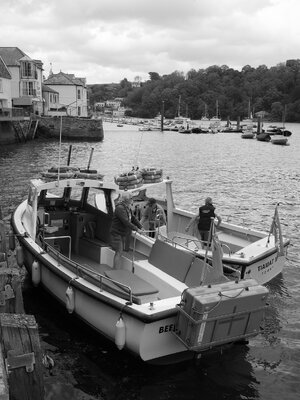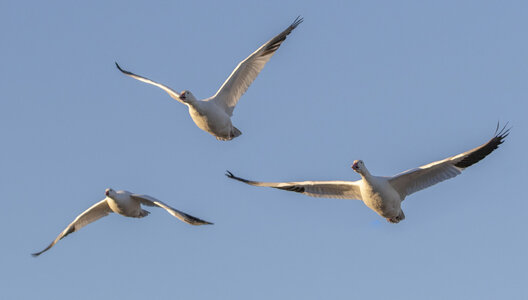Pro Member
- Joined
- Nov 9, 2022
- Posts
- 34
- Likes Received
- 24
- Name
- Dean M
- City/State
- Manchester UK
- CC Welcome
- Yes
I read many articles on post processing and it amazes me how far we have come from the “good old days” when we chucked in a roll of 36 shot 200 iso film either colour or Black & White and made as many decisions as we could before clicking the shutter button.
It is quite the topic of conversation between myself and fellow snappers.
Some like to process their images almost to death, but others think post is sacrilege and what comes out of the camera shows the image and skill of the person pressing the shutter release.
So I thought I would throw it open to the forum and see what larger audiences think.
Personally I shoot mainly jpeg and this limits me to what I can and can’t do and only allows me to push so far in post processing.
How about you ?
Remember, no one is right or wrong, we all have our likes and dislikes.
Your thoughts…..
It is quite the topic of conversation between myself and fellow snappers.
Some like to process their images almost to death, but others think post is sacrilege and what comes out of the camera shows the image and skill of the person pressing the shutter release.
So I thought I would throw it open to the forum and see what larger audiences think.
Personally I shoot mainly jpeg and this limits me to what I can and can’t do and only allows me to push so far in post processing.
How about you ?
Remember, no one is right or wrong, we all have our likes and dislikes.
Your thoughts…..




